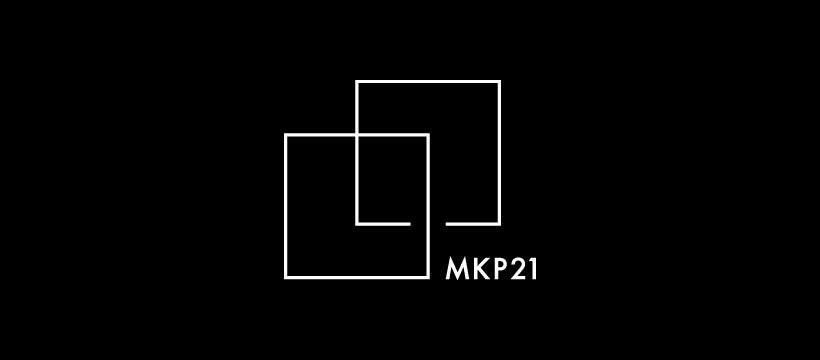If Thine Eye be Single …
In Zen, especially during the course of Koan studies, practitioners are encouraged to BE the Zen problem they are working on, rather than thinking about them or even being one with them. This we call narikiru (成り切る) in Japanese, which in normal use can be translated as “becoming the character (one is playing).” In Zen terms, the word implies the eradication of the imaginary division between subject doer and the object.
In a sense, we have two eyes, each of which sees different parts of life. One sees “me,” the subject over here, and the other “the world,” including other people and objects. Now, what if we had a single eye that neither sees the subject nor the object? This closely relates to what Zen guys tell others about narikiru; you have to BE it , so that there is neither you nor the object (what is there, then? This is a question worth inquiring, too).
There is a strange correlation between the Zen notion of narikiru and Matthew 6:22. It says “The light of the body is the eye. If therefore thine eye be single, thy whole body shall be full of light.” There is no “single" or “double” when we get to the core of what Zen probes into. But when you can actually see the world with a “single eye,” that would surely be a transformative experience. Light will be shed to what one has thought to be the reality that has been taken for granted, and it is as if you took off the colored glasses and saw the world with the naked eye.
How do you see with the single eye? First, you have to actually notice that there is no eye other than that “single” eye. Having two eyes is a thought-made fabrication through which we can see when the belief in it is (even temporarily) swept away completely. And to do so, we have to look and see the things we’re seeing, not with a brief look, but with multiple and intense gazes, with an inquisitive mind and persevering attitude.
Look again and again, not only at the things you presently see, but look closely into what is heard, what is felt inside and outside the body, and the thoughts that pop up; see not the content, but the nature of those sensations. Try again and again, until you see it. When you’re so absorbed into that act of investigation, are there the investigated and investigated? That’s another question. And from that place, what do you see? That’s what the single eye, the one that doesn’t see duality in things, really sees. Let our body “be full of light,” which I dare paraphrase as “full of wisdom,” so that we could be the one to light the world that seems to be in the midst of so much confusion.
